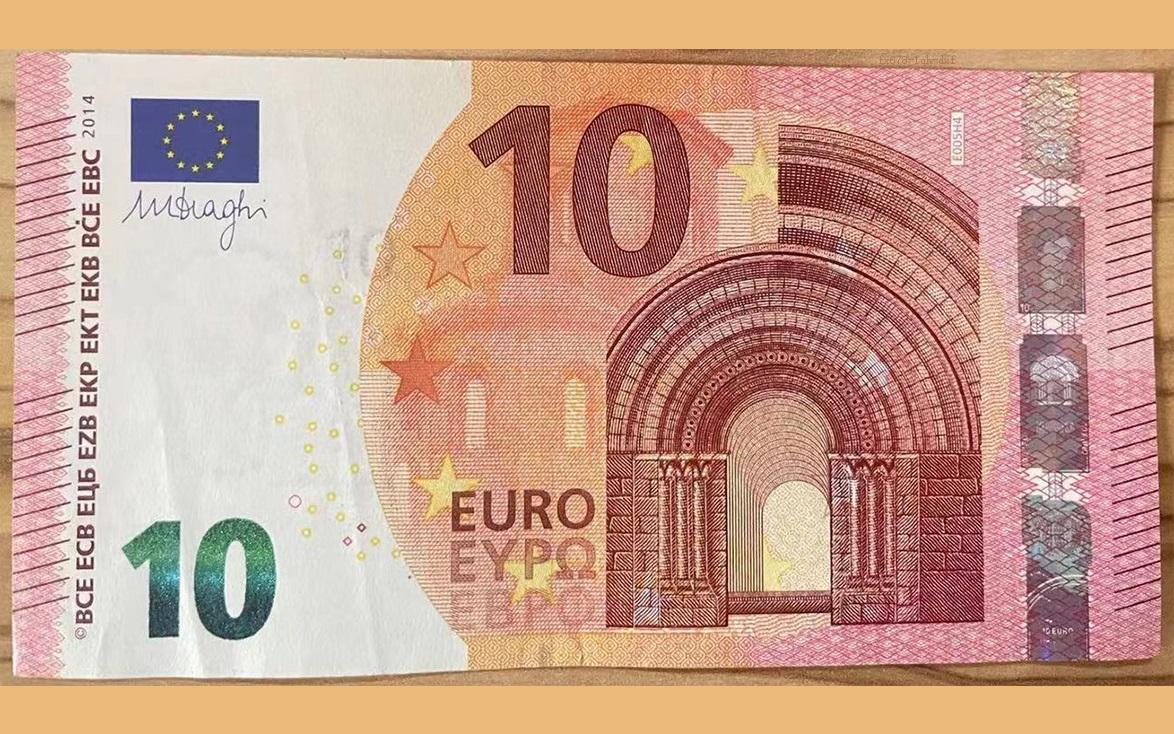Behind the Euro's revival: the single market concept is back on the agenda
2025-07-03 19:15:15

More than $100 billion has flowed into European equity funds so far this year, while outflows from U.S. equity funds have more than doubled to nearly $87 billion, according to Lipper Funds, a unit of the London Stock Exchange Group (LSEG). German companies even pulled money from the U.S. in three of the first four months of this year, as chronic underinvestment has weighed on growth and innovation in the European Union. The euro has posted its longest winning streak in more than two decades, fueled by new momentum from weak U.S. economic data and growing confidence that the Federal Reserve will ease policy more aggressively. Last week, the so-called "risk reversal indicator" saw its third-strongest bullish repricing of the year. Nearly two-thirds of options trades in the past week targeted a stronger euro, according to the Depository Trust & Clearing Corporation (DTCC).
Strategists at Societe Generale expect the euro to peak around $1.25 in the medium term, even if it lags behind the yen and some Asian currencies in the second half of the year. Many increasingly see the euro rising to $1.20 in the coming months. However, Europe is now under pressure to move faster, enact better regulations and deliver on spending promises.
Easing measures
The European Central Bank (ECB) cut interest rates for the eighth time this year last month to support the sluggish economic recovery, but made clear that it would pause in July. Chief economist Philip Lane told the media on Tuesday that the task of curbing inflation has been "accomplished", although "new shocks are hitting the system". The eurozone inflation rate was 1.9% in May.
European gas markets posted their biggest weekly drop in nearly two years last week as concerns eased over disruptions to liquefied natural gas (LNG) supplies from the Middle East, further easing inflationary pressures.
According to people familiar with the matter, the EU is willing to accept a trade deal with the United States that includes a general tariff of 10% on many EU export products, but hopes that the United States will commit to reducing tariffs in key areas. The EU is also pressuring the United States to effectively reduce the 25% tariff on cars and auto parts and the 50% tariff on steel and aluminum through quotas and exemptions.
According to earlier media reports, both sides are increasingly confident that a temporary agreement can be reached by July 9 so that negotiations can continue after the deadline. Officials listed four possible scenarios: reaching an agreement with an acceptable degree of asymmetry; making an unacceptable proposal; extending the deadline; and Trump abandoning the negotiations and raising tariffs.
Deepening integration
In June, the eurozone manufacturing sector showed signs of stabilization, with the Purchasing Managers' Index (PMI) rising to 49.5, the highest level since August 2022, and output growing for the fourth consecutive month. The determination to revive Europe's armaments and the German government's large-scale investment have played a positive role in market sentiment, but the foundations of the recovery remain shaky as new orders continue to shrink.
Last month, NATO agreed to raise its defense spending target to more than 5% of GDP by 2035 from 2%, one of the alliance's most significant moves in more than a decade.
More importantly, the EU is putting the single market back on the agenda, even though previous attempts to unite the bloc have been frustrated by national sensitivities and an inability to push through the necessary measures.
A June survey of 55 chief executives of major multinational companies by the European Roundtable of Industry (ERT) showed that only in two areas, transport and research, did the majority believe that the single market was becoming more coordinated than fragmented, a process that has been accelerated in part by Trump’s trade policies.
The creation of a single European capital market is seen as a way to unlock the investment potential of the trillions of euros in European savings accounts. In the short term, the direction of the single currency will be mainly influenced by the EU's negotiating skills. But looking ahead, what really matters is how it unlocks its productivity potential.
- Risk Warning and Disclaimer
- The market involves risk, and trading may not be suitable for all investors. This article is for reference only and does not constitute personal investment advice, nor does it take into account certain users’ specific investment objectives, financial situation, or other needs. Any investment decisions made based on this information are at your own risk.










